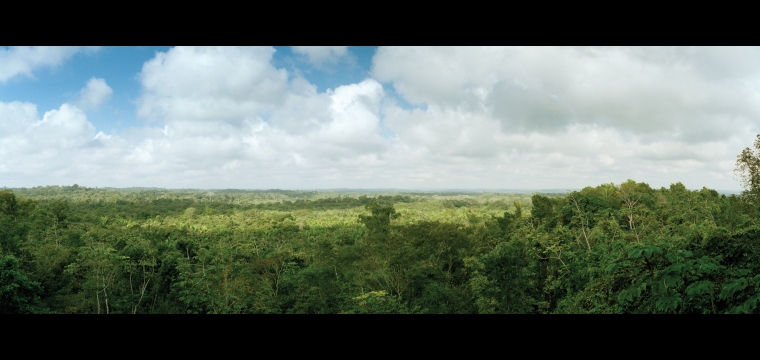Maya agriculture sustained the remarkable growth of the Classic era and survived the civic upheaval of the Collapse. The Maya practiced a traditional form of land use built on time-honored relationships to their environment, known as the milpa cycle. This system creates a polycultivated, tree-dominated, biodiverse landscape which works in accordance with natural cycles and maximizes the utility of native flora and fauna. Modern day Maya continue to practice these ancestral techniques to cultivate and sustain the rich Maya forests. Given this resilience, it is difficult to believe that these traditional farming practices were the source of environmental destruction.
As the Maya at El Pilar evolved, so did the forest that sustained them. To meet the needs of their growing population, Maya households cultivated the forest’s abundant plant life suitable for human use. Indeed, current research shows that today up to 90 percent of the forest’s trees are valuable to humans. These forests are not untamed wilderness, but carefully tended forest gardens. Cultivating these resources, the ancient Maya of El Pilar supported a population that far exceeded today’s figures. The population density 11 centuries ago, during the Maya Classic period, was from three to nine-times the region’s current level. Ancient Maya settlement and community patterns—as well as the forest context in which they were enveloped—are material evidence for the evolution of sustainable economies in one of the planet's last frontiers: the tropics.

